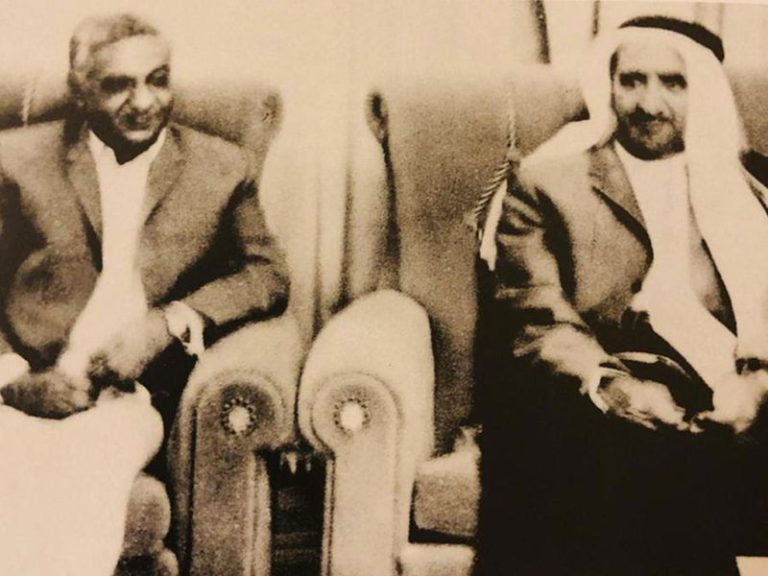
It was at the turn of the 18th century that Uttamchand Tulsidas Thattai Bhatia’s forefathers first arrived in Sharjah on launches, having migrated from the deserts of Jaisalmer in India’s Rajasthan to Karachi and Nagar Thatta in Sindh.
Sindh Courier Monitoring Desk
When it comes to long-time residents of the UAE, any number of expats would lay claim to being early settlers here. More often than not, their chronicling would date back to 40-50 years, good enough for them to be acknowledged as veterans. But away from the spotlight, one Dubai-based Thattai Bhatia family silently marked a milestone on completing a momentous 100 years in the UAE.
As family members of Uttamchand Tulsidas Bhatia, deemed the wealthiest and most influential Indian merchant of his times, share their journey exclusively with Gulf News, the history is eventful, the recollections vivid.
The illustrious Bhatias, spanning four generations now, make for a riveting story – whether it’s their personal accounts of how an orphaned Uttamchand sailed into Dubai as an 11-year-old and became the closest confidante of His Highness Sheikh Rashid bin Saeed Al Maktoum, the late Ruler of Dubai; or their explicit narrative on Dubai’s transformation through the vagaries of time.
Below is the first segment of a two-part report on the 100-year-old Bhatia clan and their intriguingly christened family business – Uncle’s Shop – in Dubai.
Throwback to the Thattais
Uttamchand Bhatia’s destiny in Dubai was pre-ordained in many ways. It was at the turn of the 18th century that his Thattai forefathers first arrived in Sharjah on launches, having migrated from the deserts of Jaisalmer in India’s Rajasthan to Karachi and Nagar Thatta in Sindh, now a part of Pakistan.
Uttamchand’s grandson Deepak Bhatia, who has painstakingly retraced his family’s roots, talks of how the Bhatias owe their name to an erstwhile ruling tribe – the Bhatis – in Jaisalmer. They moved to Thatta as it was a thriving business hub.
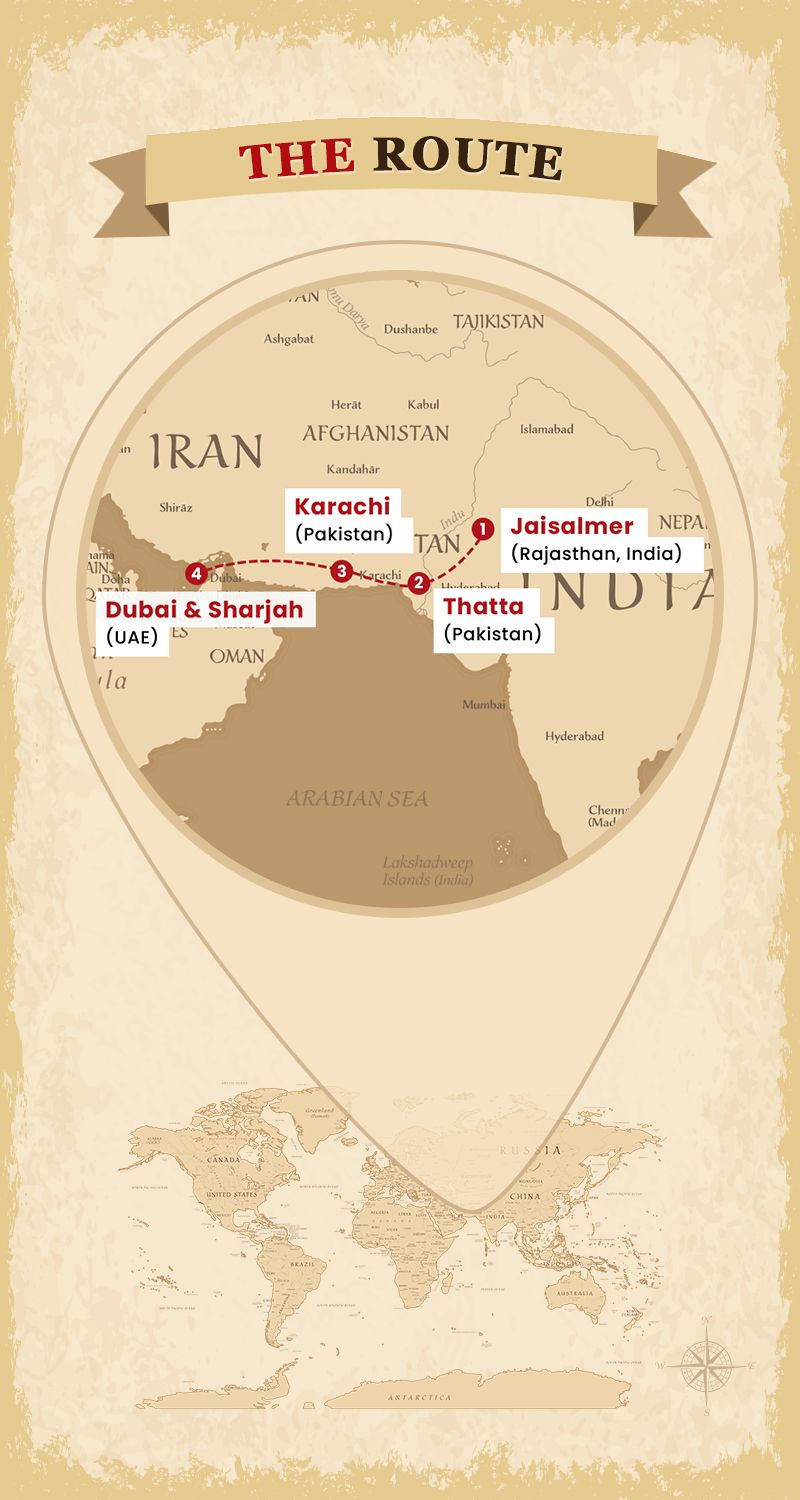
Image Credit: Vijith Pullikal/Gulf News
“Long before Karachi had its first port, Nagar Thatta had a small coastal port where the Arabs traditionally used to drop their anchors to exchange their cargo of dates and pearls for supplies of grains, pulses and cloth,” he says. “A noted historian once called Thatta the London of the times. Home to over 5,000 spindles, its cotton textiles were exported to Europe where they were highly sought after among the elite. The Arabs referred to Thatta as Dewal Bandar because of a temple (Dewal) on the banks of the Indus River. They invited the Thattai Bhatias to come to the Gulf.”
Initially, it was only the male members of the Thattais who undertook the voyage, leaving their families behind in Thatta.
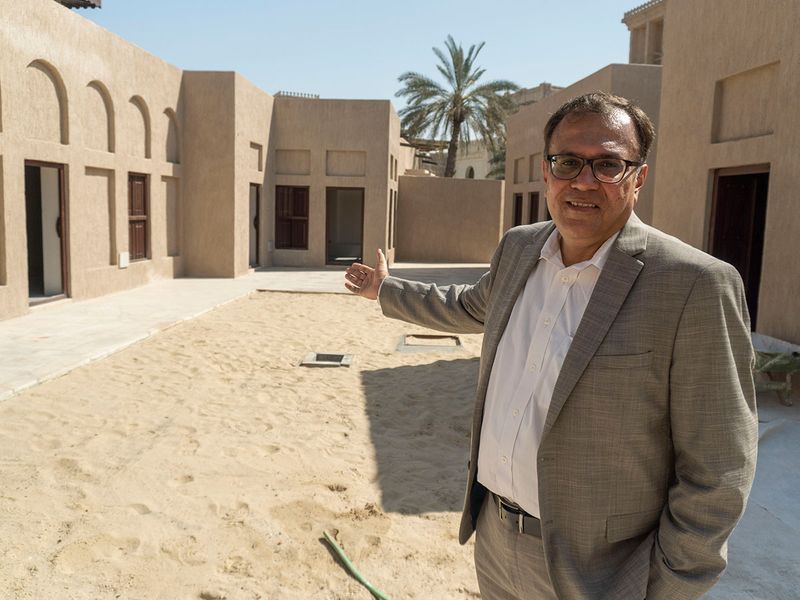
Image Credit: Ahmed Ramazan/Gulf News
“Adapting to the harsh desert climes of the Gulf where there was no power and hardly any water was not easy. But the Thattais were a hardy and enterprising lot. They dug their own wells, learnt Arabic and worked their way around. Soon, they made the Arabian Gulf their second home,” notes Deepak.
The Mercantile Hindu Community of Thatta, as they grouped themselves, were called Baaniyaan locally. They were well-respected for their simple living and sharp business acumen.
Orphan boy, 11, arrives in Dubai
The strong foundation laid by the Thattai Bhatias in the Gulf paved the way for their descendants to build on the traditional lines of trade.
When one such descendant, Lalchand Dhosani, arrived in Dubai in February 1920, he brought Uttamchand, then a boy of just 11, along with him.
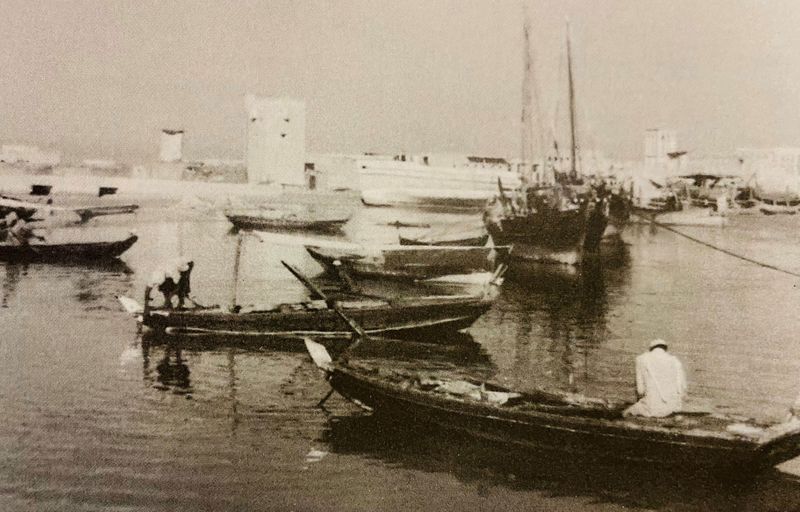
Image Credit: Bhatia family
The voyage was undertaken amid tragic circumstances.
Recalls Deepak: “My grandfather’s family had been virtually wiped out by the Plague in 1920. He had lost his mother at birth and his father had died when he was three. He was living with his father’s five brothers, all of whom died in the Plague. Even his aunts, barring one, did not survive. With no one to take care of my grandfather, Dhosani, a cloth trader and son-in-law of the only surviving aunt tagged him along to ‘Dabai’, as Dubai was known in those days.”
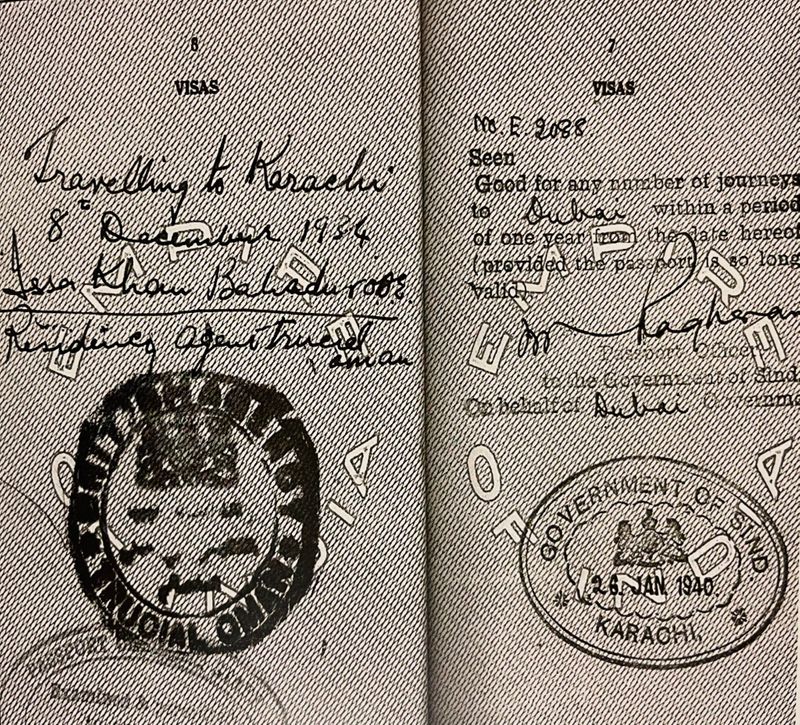
Image Credit: Bhatia family
Deepak says the seven-eight-day voyage from Karachi to Dubai was the first memorable event of his grandfather’s life. “That was the first time he visited Karachi and sailed on a steamer. He barely knew where and why he was being taken and though he was scared when the ship rocked on the high seas, the novel experience excited him ’’ he remembers his grandfather telling him.
But young Uttamchand’s initial days in the new land turned out to be a nightmare.
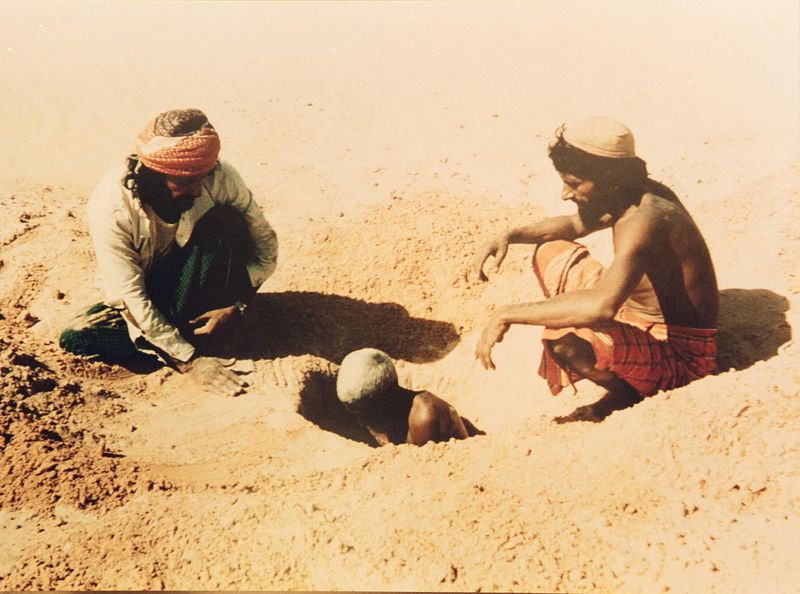
Image Credit: Bhatia family
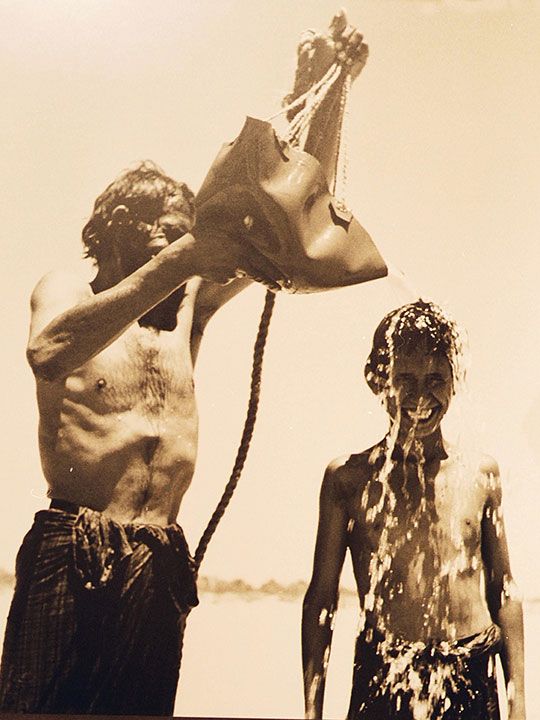
Image Credit: Bhatia family
Deepak says, “My grandfather was abused and made to do a lot of work at Dhosani’s shop. He was asked to carry heavy consignments on his back and made to sleep on hard rolls of cloth. He was beaten up and barely given any food.”
Turning point in Uttamchand’s life
Luck, however, was on Uttamchand’s side. “The maids of the royalty who would visit the souq noticed him as he was the only boy amongst the adults. They would utilize his services to carry their purchases to the palace. Somewhere along the line, they discovered his miserable plight and brought it to the attention of the Ruling family,” narrates Deepak.
He says the boy was summoned to the palace, then located in Shindagha. “HH Sheikha Hessa bint Al Murr, wife of the then Ruler of Dubai HH Sheikh Saeed bin Maktoum Al Maktoum, asked to see him and enquired about his condition. My grandfather said he had nothing on him as his uncle never paid him. That’s when Sheikha Hessa encouraged him to work on his own and offered to help him. He was also asked to learn Arabic which he did in right earnest.”
The chance audience that Uttamchand got with Sheikha Hessa was the turning point in his life, says Deepak.
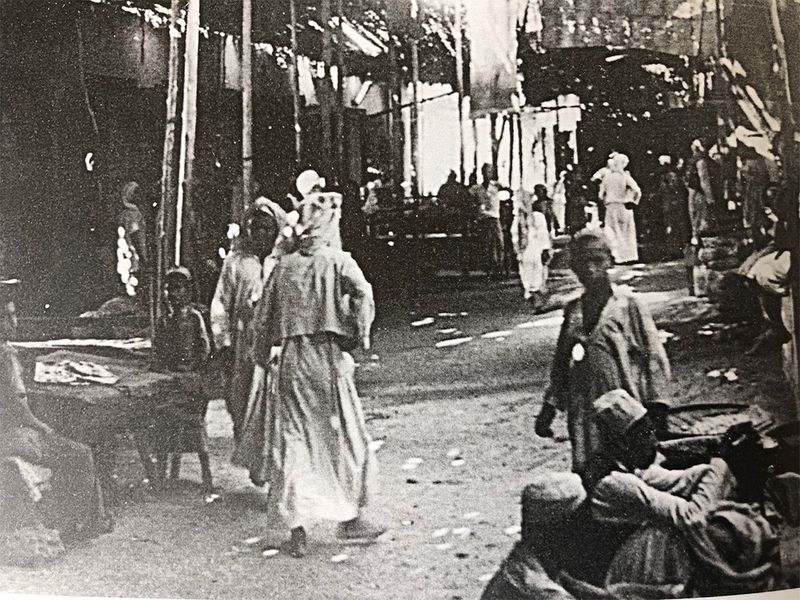
Image Credit: Pearls of Dubai (DTCM)
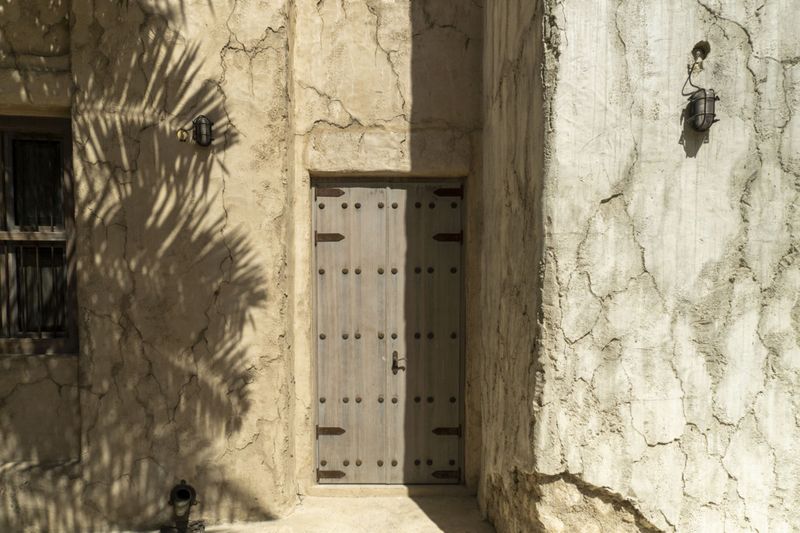
Image Credit: Bhatia family
“He was introduced to His Highness Sheikh Rashid, who was around the same age. Soon, His Highness and my grandfather became the thickest of friends. While the Royals and locals called him Vattra, as nicknamed by His Highness, the Indian community referred to him as Uttra bha,” says Deepak.
A brilliant future beckons
Although Uttamchand travelled to India after a year in Dubai, he came back in 1922 to embrace a future from which there was no looking back.
Mature beyond his years, he showed great promise in doing business and by the time he was 15, he was asked to run a textile shop. By now, he was also fluent in Arabic and could communicate at ease, both with the Royals and fellow merchants.
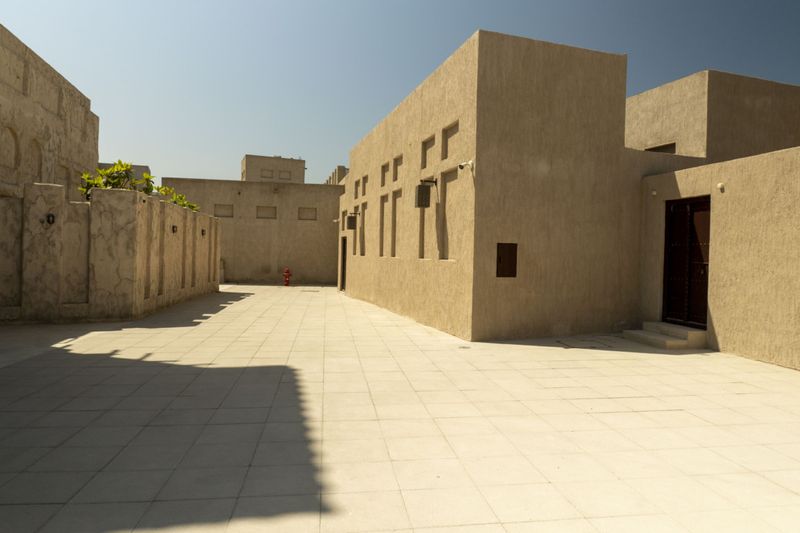
Image Credit: Ahmed Ramazan/Gulf News
In 1926, Vattra opened another textile shop in Souk Al Baaniyaan or the Textile Souq in Bur Dubai. The shop, which became a veritable landmark, was called Uncle’s Shop, after Sheikh Rashid, whom Vattra’s children referred to as ‘Uncle Sheikh Rashid’. The flagship of the family’s business continues to carry the name till date.
Over the next few years, Uttamchand made a distinct mark for himself not only as an adept trader in textiles and later pearls and foodstuffs, but also as an active community leader, always ready to help anyone in need.
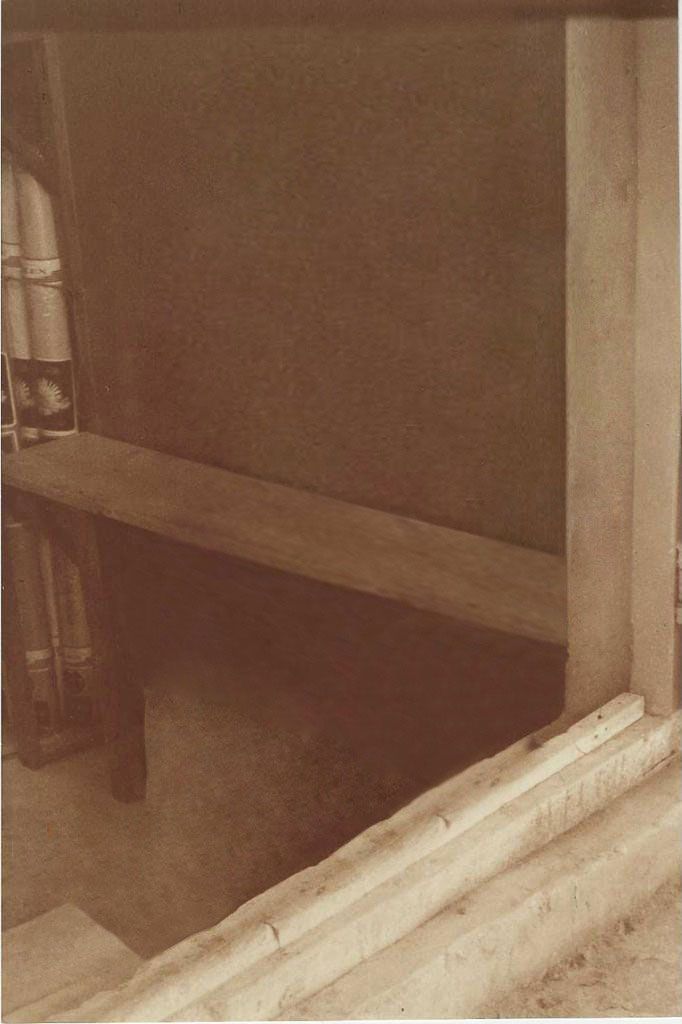
Image Credit: Bhatia family
By the time he turned 24, he got married to my grandmother Savitri Devi in native Thatta.
“She was perhaps the third or fourth Indian woman to arrive in Dubai – Indian expat Kanthard Nagji Soni was the first. In fact, Savitri Devi was the first to touch down on a sea plane that landed on an artificial island near the Maktoum Bridge in March 1944. She had the honor of being collected by a special boat, while her luggage was brought separately on another boat. She was also privileged to have her first meal in the palace,” says Deepak, quoting from his family’s rich repertoire of anecdotes.
By this time, Vattra was acknowledged as a wealthy pearl merchant and financer, which had earned the title of Banyaan Lulu.
There is also a jotting by Uttamchand himself which lets on that a tola of gold cost Rs20 – Indian rupee being the currency of the day – when he bought gold for his newly-wed wife 10 years earlier – in 1934.
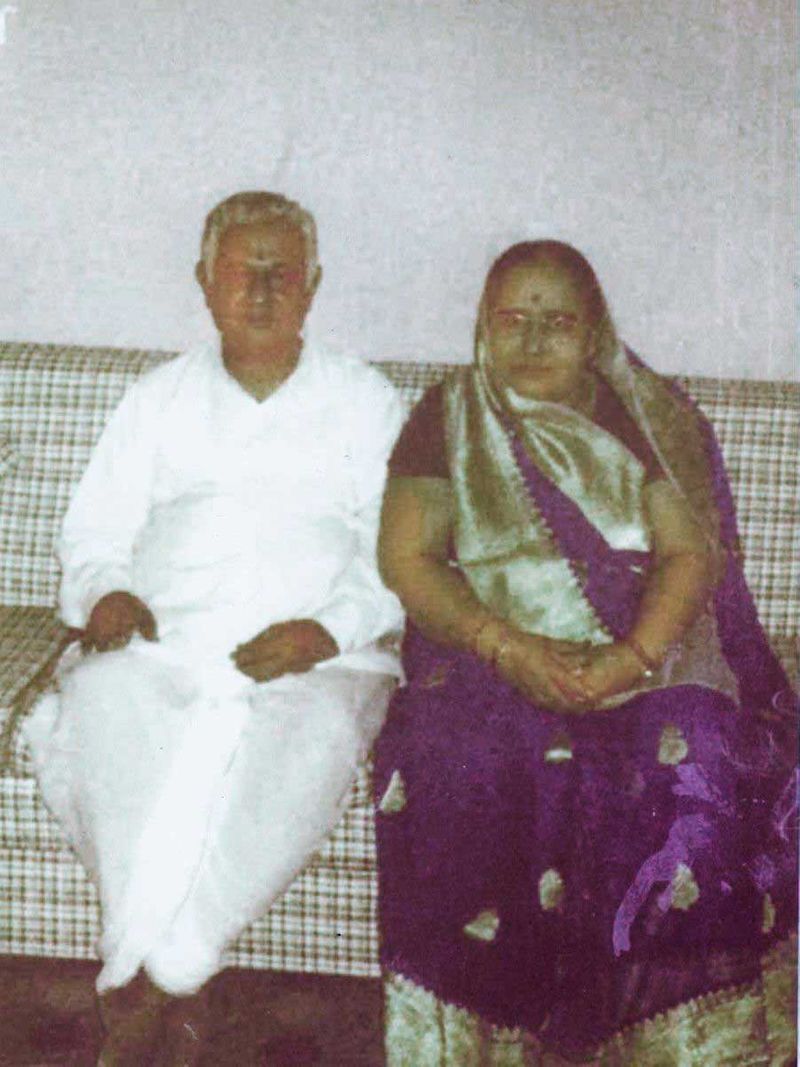
Image Credit: Bhatia family
A full month’s meal for Rs5 in Dubai
Uttamchand’s notes provide a precious insight into the cost of living in Dubai in the early days. He talks of how four months of work – from May to September, which was the typical pearling season – was enough to earn a year’s living. “Interestingly, the men folk who would leave their families behind would work here during the hottest months and rush to their home country during winter,” says Deepak.
The excerpts reveal that annual house rent was around Rs300 and one could eat enough for month for Rs5. The staple food was Arabic bread, freshly baked in coal-fired ovens and rice, a bag of which cost Rs6.50. Onions and garlic were imported from Kuchh on steamers that would take 15 days to reach Dubai. Wheat was imported from Busher in Iran and there were hardly any vegetables available at the time.
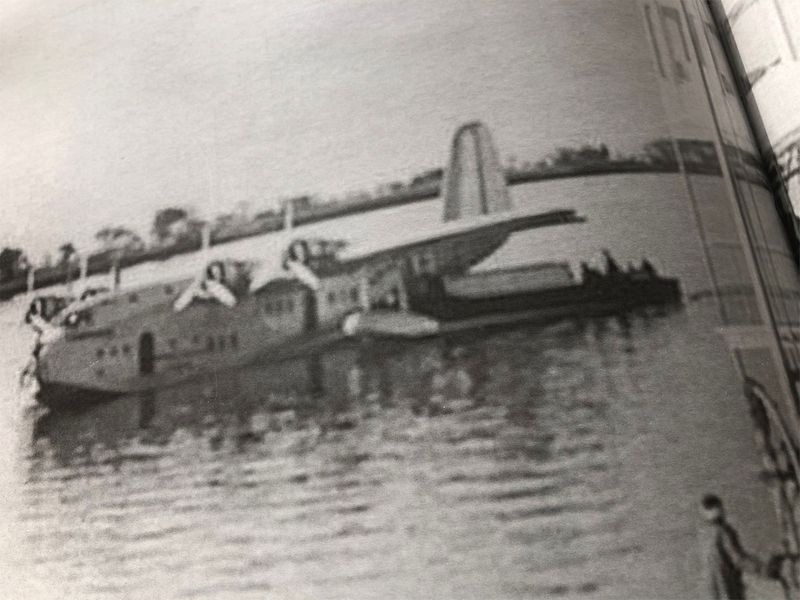
Image Credit: Bhatia family
Water, which was stored in big Persian pots, was brackish and had to be strained before drinking. The cost of labor to get a well dug for drinking water was Re1.
“Back then, there was no power and hardly any drinking water. So merchants would get wells dug for Re1 and the supply would last them for a month and when the well would dry up, they would get another dug” says Deepak.
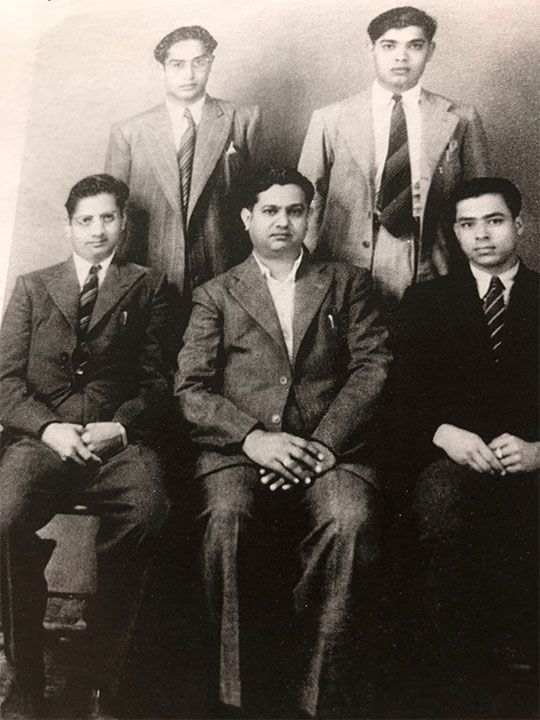
Image Credit: Bhatia family
River water was also imported from Basra in Iraq in four gallon kerosene containers transported on launches.
“There was no power, and kerosene lanterns were commonly used. It was only in 1950 that the first generator, a dynamo actually, was installed at Sheikh Saeed’s palace in Shindagah,” he says, adding that an ice-maker was also a novelty, which his grandfather had privileged access to.
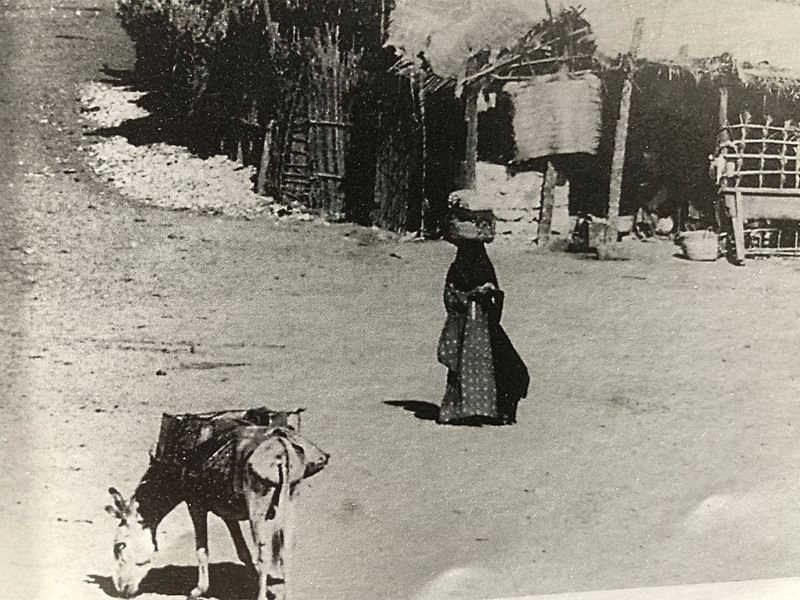
Image Credit: Bhatia family
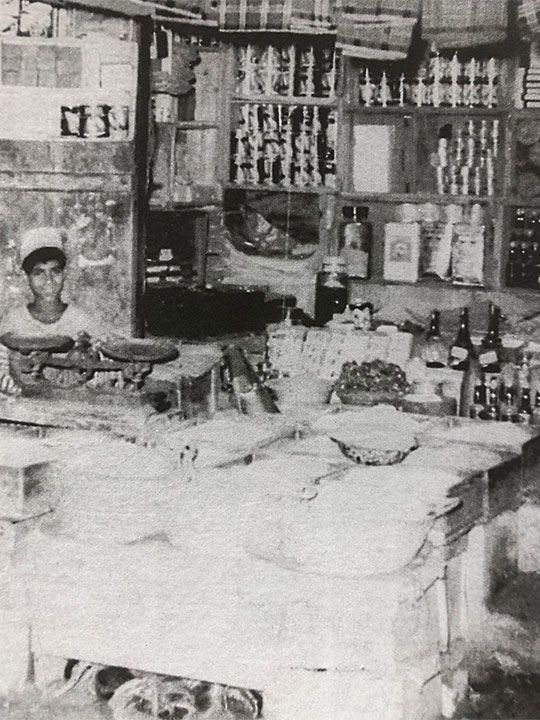
Image Credit: Bhatia family
Only the rich rode donkeys
Uttamchand’s jottings also reveal how the rich rode donkeys – it was a status symbol — in those days.
“Cars were unheard of – the first car, a Land Rover, arrived in the palace only in 1945. Donkeys were used for commuting. But not everyone could afford them as they were specially imported from Iraq at Rs30 to Rs100 per animal,” says Deepak.
To get an idea of how that compared with other prices, a goat cost just Rs1.80. Cows were bought from Iran and Indian merchants would pay Rs12-14 to save a cow from a slaughterhouse and then send the animal by ship to India.
As status symbols went, wearing gold jewelry was considered a privilege even then. “It was a symbol of how rich you were. The royal maids made it a point to dress well and adorn jewelry as a sign of their employers’ standing,” says Deepak.
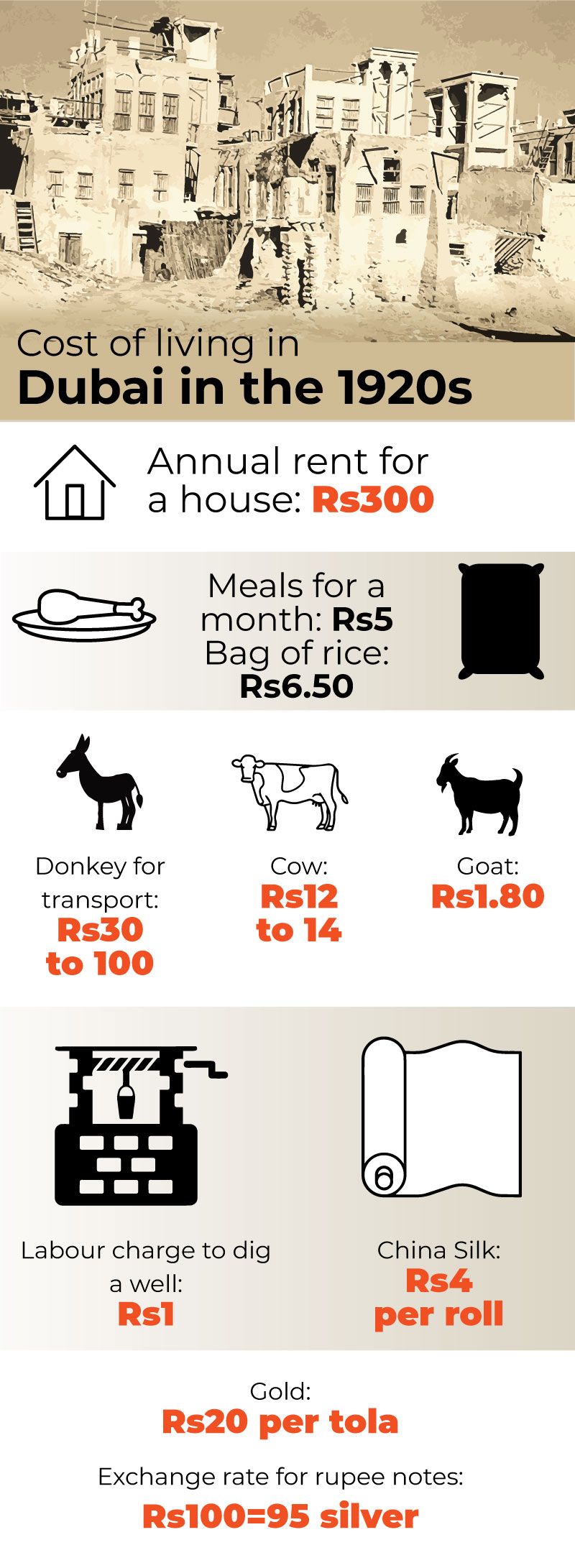
Image Credit: Seyyed Llata/Gulf News
Date syrup laddus and ‘Thakan Chonga’ tea
Uttamchand’s shop was located in the bustling Souk Al Baniyaan, now called Souk Al Kabeer or Textile Souk in Bur Dubai. Earlier, it had six-eight gates of entry.
The shops, each set apart by only a distance of four feet, were located on the ground floor while the merchants, including Uttamchand, resided on the Gurfa on top. The trademark wind tower or Baadgir provided much-needed cooling during the hot summers, says Deepak.
“Later, my grandparents moved to a house in Shindagah, which was purchased by my grandfather in the 1940s. It was located close to the palace. My grandmother would talk of a big plate that would be placed on a window sill of her mud house. Thanks to the Royals, the plate would get filled with different kinds of dates which were soaked for 10-12 days to generate date syrup. The syrup would then be used for making traditional Indian sweets like laddus and badam halwa which the royalty relished too,” claims Deepak.
Date delicacies apart, tea from a tea stall next to the British military camp was also very popular at the time. “It was a must-have for my grandparents when they would visit Sharjah. The tea stall was run by an Indian called Thakan Chonga.”
A special bonding with Sheikh Rashid
Pearls of Dubai, a book brought out by the Bhatia family to throw light on Indo-Arab relations in the UAE between 1900 and 1958, has many delightful recollections that reflect the special bonding that Vattra shared with Sheikh Rashid.
Deepak’s late father Vijay Bhatia, who was the third of Uttamchand and Savitri Devi’s seven children, writes in the book: “Our shop was almost like a majlis. The Ruler’s Office was nearby so it was a stopover for all officials and diplomats who took a break there before meeting Sheikh Rashid. Indians who needed his assistance knew this and came only in the evening. If my father did not attend the Majlis for eight-10 days, Sheikh Rashid would send a messenger to find out why. He always made my father sit beside him at the majlis. My father had several privileges but never wanted to take advantage of them. He felt it would ruin a wonderful friendship.”
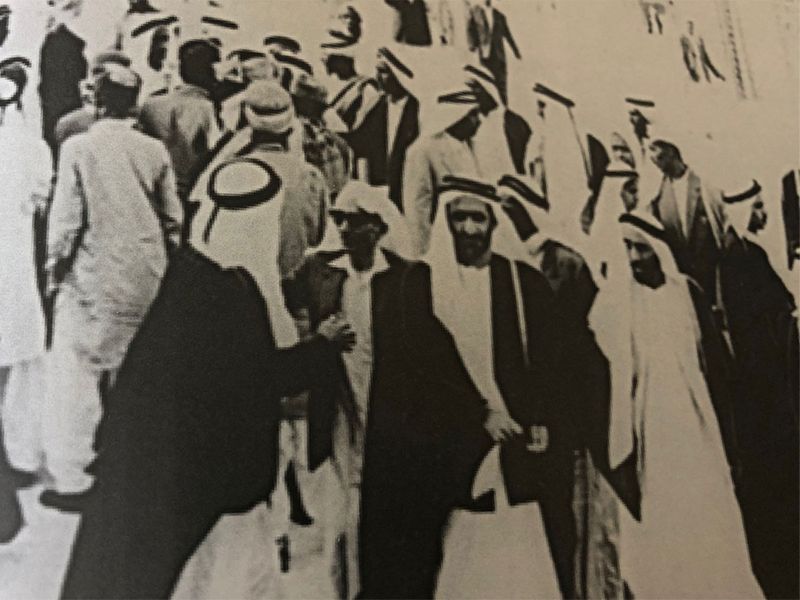
Image Credit: Pearls of Dubai (DTCM)
Deepak also talks about Thani Bin Abdullah, the first Speaker of the Supreme Council, as a close and common friend of his grandfather and HH Sheikh Rashid. “My grandfather had very fond memories of their times together,” he says.
In his handwritten notes, Vattra mentions his invitations to several royal weddings, where he says it was “a delight to see Sheikh Rashid do the traditional dance. Knowing that we Indians were strictly vegetarian, special food was served to us which included dates, fruits, dried fruits and camel’s milk in aluminum vessels.”
He also writes, “Sheikh Rashid would come to my house sometimes and together, we would have meals cooked by me and my wife. He was very fond of moong dal, rice, sheera and yoghurt.”
Deepak, who would accompany his father and grandfather on some of these trips to the palace, recalls, “Sheikh Rashid once asked my grandfather in a brotherly fashion why he had not switched to wearing suits from dhotis like many other Baniyas. My grandfather promptly replied that he would do it only if he would also wear a suit.”
Deepak says Uttamchand and His Highness Sheikh Rashid remained forever friends. “My father would talk about Uttra’s visits to His Highness. His last visit to meet Sheikh Rashid was on May 16, 1986, ahead of his travel to India. After sitting with him for a long time, Uttra asked to take his leave, but apparently His Highness held his hand and pulled him back. It was a very emotional moment. Two days later, my grandfather flew to Bombay and died of a stroke on his arrival at the airport,” he recalls. “My grandfather also shared very close relations with all the four sons of His Highness Sheikh Rashid and by the grace of God, we continue to carry the same legacy ahead,” Deepak adds. (Continues)
_______________
Courtesy: The Wealth Land